In today's post, we'll analyse several aspects of the ecosystem & main players, along with a simple case study of Frax Protocol.
ALGORITHMIC STABLECOINS
The topic considered for this research is Algorithmic Stable Coins. Without going into the details of their operation and the reason for their existence, a topic widely discussed in the research downloadable here, these coins and related projects are attracting a lot of attention. The research carried out considers 8 projects that differ from each other in mechanisms and stabilisation algorithms.
What Are Algorithmic stablecoins?
Algorithmic stablecoins are tokens pegged to a fiat currency which is usually the US dollar. They respond to market events using predetermined stabilisation measures hardcoded into smart contracts on Ethereum. This greatly increases their decentralisation and has the opportunity to create a smart, fast, responsive global currency not governed by a single institution that can act as a medium of exchange not just for DeFi but the whole world.
Ecosystem And Main Players
That sounds great, doesn’t it? A smart currency that never deviates from its peg and doesn’t require any capital lockup to back up its validity. In practice, this space is still nascent and hasn’t reached peak potential or actually acquired the critical mass of users and liquidity to accurately keep their pegs and offer a viable incentive to users to stabilise the currencies.
The goal of this project was to find how viable algo stablecoins are in practice, how accurately they keep their pegs, how they are governed and how they interact with the user and the broader ecosystem.
Right now the main players in the space are Terra Money, Frax, Reserve, Ampleforth, Empty Set Dollar, Dynamic Set Dollar, Debasonomics and Basis Cash. These are also the protocols that we included in our analysis. One that stands out is Terra which evolved from a non-ERC20 project in the South Korean ECom industry. The others are native Ethereum projects with heavy interaction with the biggest AMMs in DeFi, as well as other ecosystem stakeholders.
Metrics and key areas to be analysed to evaluate how the protocols work and how efficient they are, metrics considered key within the field were identified in the first part of the research. The comparison between different protocols is not easy and for this reason, the choice to identify and standardise the correct metrics comes before the research itself. The metrics found are mainly divided into 3 macro-areas that are:
- Market Design,
- Mechanism Design,
- Token Design.
As said earlier, in order to evaluate all protocols on an equal basis we focused on the following key areas:
TOKEN ADOPTION: most protocols are only adopted by very few or even no other DeFi projects, discounting AMMs that do not require approval by the partner protocol. This limits the usefulness of the token, limits the exposure to new users and negatively impacts stability due to slow liquidity growth. Terra Money is certainly the winner in this area.
GOVERNANCE: While most protocols claim to have a DAO structure, few of them have an active community that consistently passes improvement proposals. Having a working governance smart contract is simply not enough, the token (vote) distribution has to be fair and give sufficient agency to all relevant stakeholders. Many protocols have a de facto centralised governance, a bright example is ESD with very many passed IPs.
ACCURACY: Algo stablecoins have a hard time keeping on a peg, due to various complicated reasons. Some protocols spiral so far out of control that they enter a “death loop” out of which it is impossible to exist without a major protocol revamp. We conducted various numerical analyses to obtain good stability metrics that were forgiving to very small deviations but still captured the overall picture.
INCENTIVES: While some protocols opted for the rebase mechanism where they actively change the number of tokens in a user's wallet, others wanted to offer a return on alternative investment vehicles like coupons to remove or add supply to match demand. This is by far the hardest part to get right, as there are many variables of human psychology and economics at play, coupled with the instability of the crypto market. How effective these incentives were is clearly seen in the stability of the stablecoins, which is questionable to say the least.
Discussion session Once the various facets of the protocols were explored and their behavior in the individual metrics was analysed, the research delved into the "Discussion" section. The focus is to understand which parts of the different designs most influence the final scenarios of the Stable Coin algorithms in production. The discussion is also divided here, as in the previous part, in several parts that try to define the fundamental points on which to find insights.
Since the protocols are still very young, a fundamental point that was discussed was the risk attached to them, which in turn was divided into economic exploits, price volatility and technical risks.
ECONOMIC EXPLOITS: the misalignment of economic design to allow a party to exploit another. Since this is a Stable Coin, the economic alignment of the protocols is one of the key parts to consider. The imbalance in some protocols has highlighted patterns that can be improved to make this area more equitable and robust in the management of incentives.
PRICE VOLATILITY: the risk of price movement. This is most important in stable coin models since stable coins are meant to have zero or minimum price volatility. Price volatility is at the heart of the ecosystem under consideration. The need is to have a stable currency with a resetting algorithm that incentivises its use and stability. In this section we discuss some very important points that can serve as a starting point to improve the current functioning of these protocols.
TECHNICAL RISK: smart contract bugs and conceivable hacks. Another foundational point considered in the discussion is the possible attack vectors that can alter the operation of the underlying protocol or coin. Being software programmed with Smart Contracts, these protocols are susceptible to attacks external to the oracles on which they rely.
According to our research based on the currently publicly available plans as of March 2021, FRAX comes out as the best protocol with the highest overall score in the analysis.
Our findings stated clearly that so far, purely algorithmic stablecoins have failed to deliver the bare minimum stability and efficiency needed to attract meaningful adoption. Frax, in adopting its hybrid approach, has been able to maintain a solid peg devising a clever and effective system to stabilise the protocol and providing a compelling arbitrage opportunity for participants. The results are stronger adoption compared to its peers.
Algo stablecoin is still a new mechanism that is being explored. We have experimented with coupon-based mechanisms that do not seem to work in holding its peg. Pure algo stablecoin with rebasing could have some potential. But it seems like the best bet so far is fractional collateralisation with algo mechanisms to maintain the peg.
Recommendation
We finish by giving actionable advice to current and future algo stablecoin protocols on the topics of oracle use, initial token distributions, reacting to market events, managing risk and many others. We combined these best practices from observing effective solutions not just in algo stablecoin protocols but also other areas of DeFi with a longer pedigree.
TLDR:
Most of them are still at a nascent stage and went live less than one year ago. Thus, some of the current issues can certainly be attributed to the lack of time spent in a real market environment. The analysis is not final and may not reflect the state of these protocols in the near future.
The idea of algorithmic stablecoins is an innovation in the right step and we have no doubt that it can work well with time. But the protocol that offers a stable pegged value, fully decentralised and working economic incentives has much to evolve. Given the rapid growth of the stablecoin sector and the bright minds working on these issues, the future is optimistic.
[link] [comments]

You can get bonuses upto $100 FREE BONUS when you:
💰 Install these recommended apps:
💲 SocialGood - 100% Crypto Back on Everyday Shopping
💲 xPortal - The DeFi For The Next Billion
💲 CryptoTab Browser - Lightweight, fast, and ready to mine!
💰 Register on these recommended exchanges:
🟡 Binance🟡 Bitfinex🟡 Bitmart🟡 Bittrex🟡 Bitget
🟡 CoinEx🟡 Crypto.com🟡 Gate.io🟡 Huobi🟡 Kucoin.




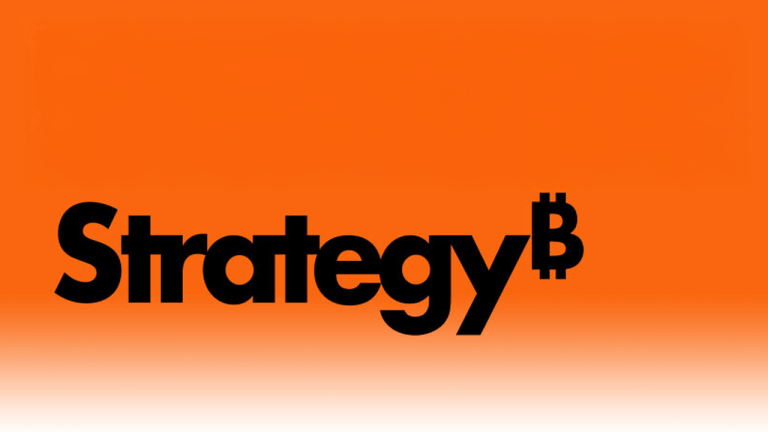
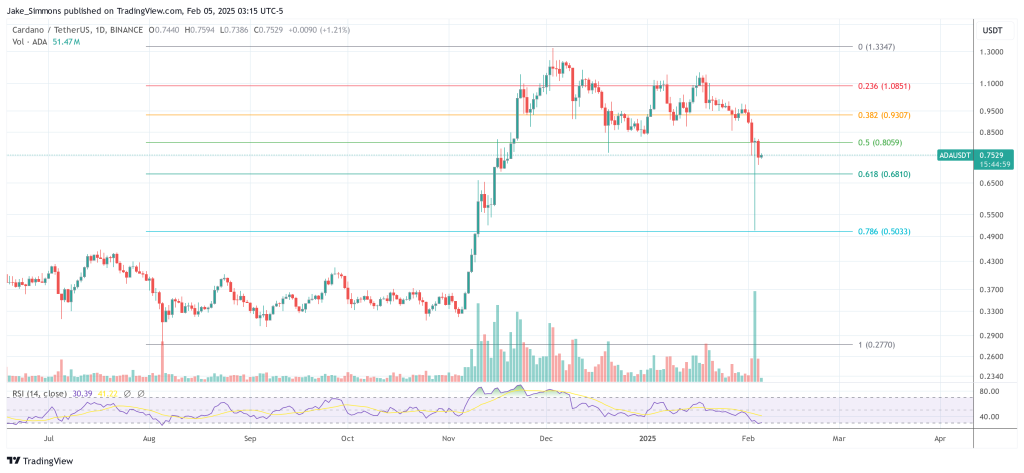

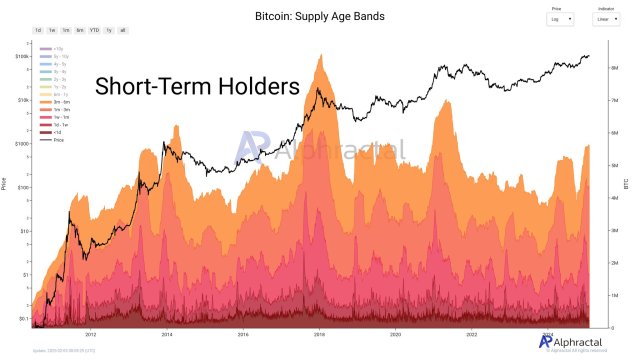






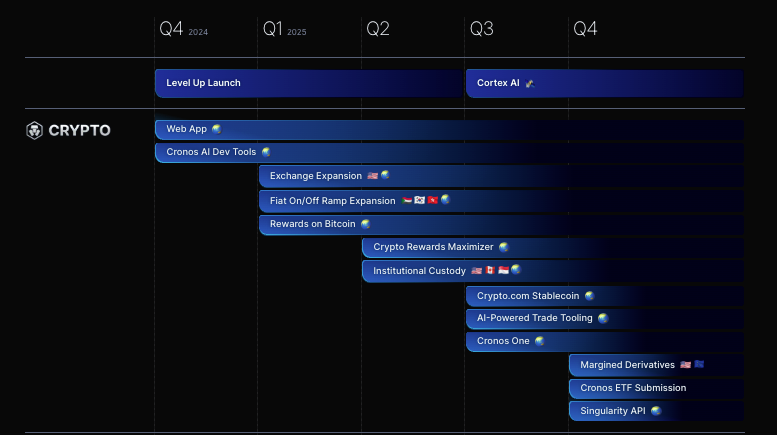




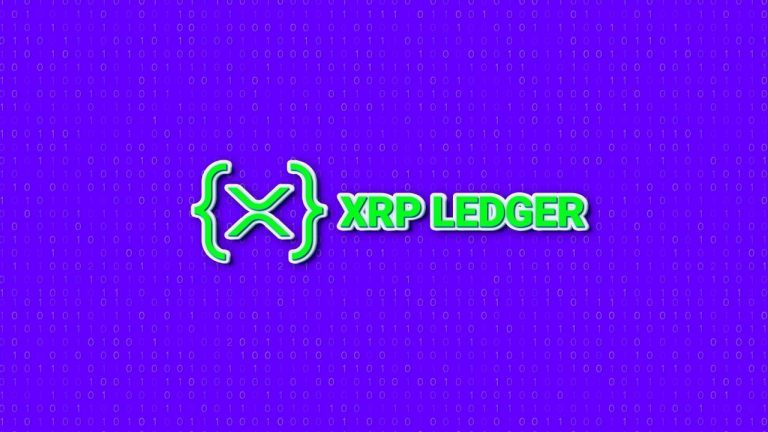
Comments